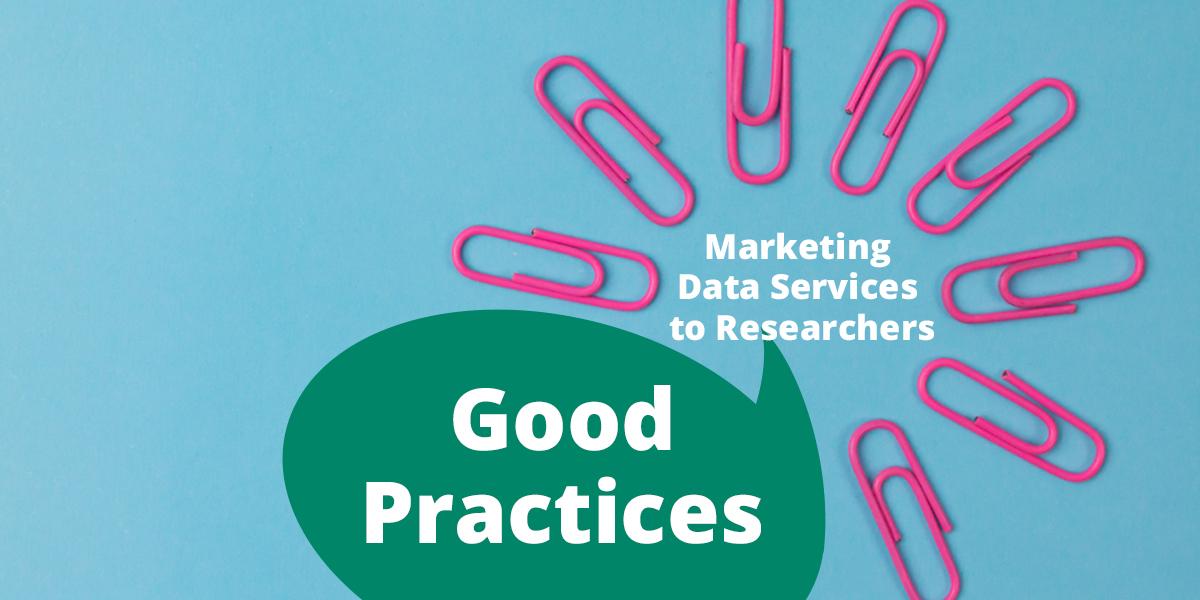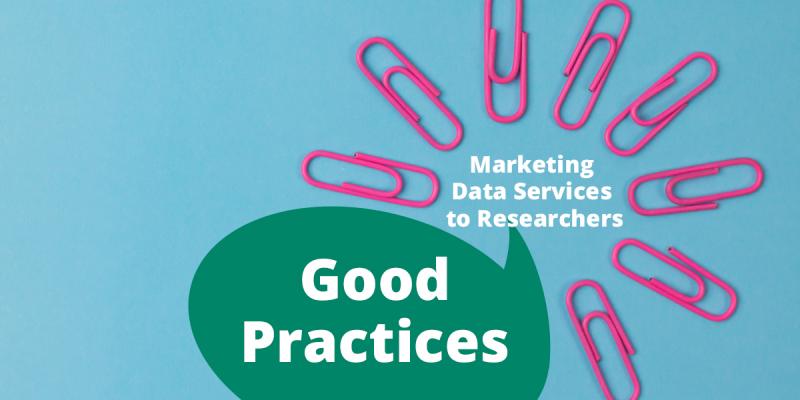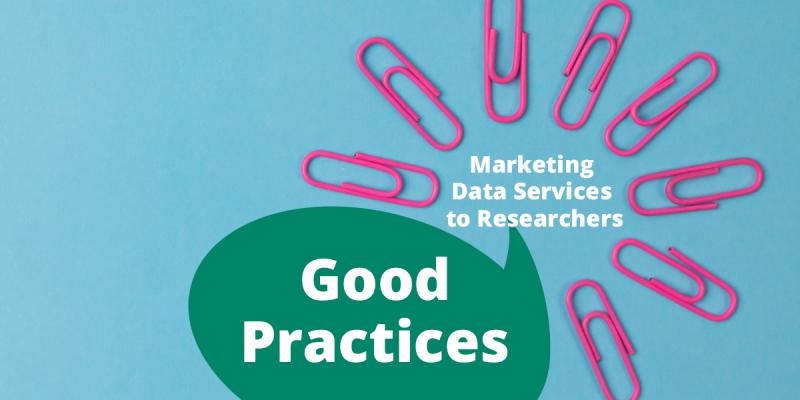
Targeted face-to-face communication boosts research services communication, Mari Elisa Kuusniemi writes in the latest installment of the Good Practices series.
It is common knowledge that people are more likely to notice and respond to messages coming from someone they know. But how can we make the research support staff familiar to our customers?
This practice is based on the assumptions that:
- Many issues and actors other than just research services compete for the attention and time of the customers.
- Messages from a familiar person are more likely to be read than those coming from a faceless entity.
For these reasons, at least a part of the research support staff should be assigned to meet with as many target group members as they can in a year. If a year is not enough to meet with everyone within the target group, a plan should be made for the longer term. In larger organisations the workload can be divided into segments, meaning one person does not need to attempt to meet with everyone, but instead meets with customers from their assigned faculty, department, or unit. Repetition is extremely beneficial in making yourself truly familiar to the customer. This means that the assigned segments should remain consistent. It is important that the same liaison is in touch with the customers in their assigned area as often as possible. If the assigned support person changes often, the result is not the same personal approach and familiar relationship which would have developed with a regular liaison. Close working relationships like this can be used for example in marketing. Making yourself familiar is therefore a strategically important basis for efficient communication.
A familiar liaison builds trust
Efficient communication is absolutely necessary for research services. We might create brilliant newsletters, but what is the point if no one actually reads them? What is the use of building great services, if no one knows they exist? Making yourself familiar requires some effort in the beginning, but it is definitely worth it.
All aspects of the service do not have to be personal. Service email addresses, helpdesks, etc. can be used, but the communication going out to customers should have a face. There can be more than one person who becomes familiar to the researchers, but it is better to keep the circle small. Information about new services can be shared by the liaison already known to customers, and the services introduced by an expert together with the liaison. Recommendation by a familiar liaison adds trust and interest in what the service expert has to say.
This practice is easier to use in smaller organisations rather than larger ones. After the initial efforts, the practice increases efficiency and may save some resources in the long run. On the other hand, more efficient marketing means better contact with customers and increased use of existing services. Implementing this requires embracing the reasoning behind the practice, workload distribution and organisational skills, the employees’ commitment to the practice, and targeted communication skills. The main responsibility to implement and maintain this practice lies with managers, who incorporate this type of work into the service unit staff goals and evaluation.
This practice has been in use in, for example, the Finnish institute for health and welfare in the early 2000’s, as well as in Terkko information services, under the Terkko Information Specialist brand since 2013. The practice is also recommended by the LIBER guide “The 6 Pillars of Engaging Researchers in Research Data Management (RDM)”, pillar 2.
| + | – |
|
Acknowledges that we are all human. The method is very efficient. Implementing it will lead to significant increase in contact from customers and demand for services. It won’t happen immediately, but in a few years the results will be noticeable. Despite no longer working in such position, I have received messages from researchers in my former target segment even 10 years later.
|
The customers don’t know exactly how this practice is organized, so it is not possible to collect feedback directly. The support staff might sometimes find it a little difficult to embrace the reasoning behind this practice. This makes it harder to implement at first. |
Text: Mari Elisa Kuusniemi, University of Helsinki
Image: Tamanna Rumvee, Unsplash (modified)
Previously in this series:
- Mika E. Virtanen: Share Current Affairs at General Information Meetings
- Eeva Savolainen: Multi-channel Channel Communication Reaches a Wide Audience
- Päivi Rauste: Making Training Materials Openly Available Saves Resources
- Eeva Savolainen: Data Agents as First Point of Contact
- Mika E. Virtanen: Web Cafés Facilitate Discussion
- Pauli Assinen: Introducing Good Practices for Data Services Marketing


